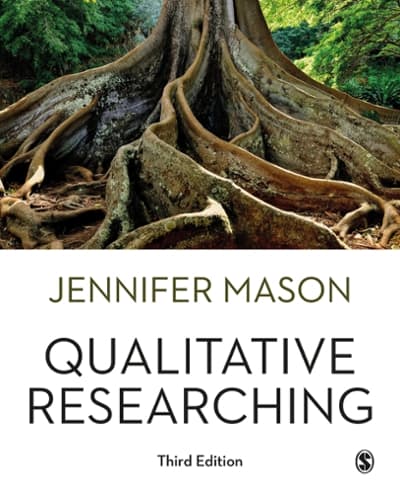Question
Can you please explain or help me with a respond of the discussion question In the study, Creating a False Memory in the Hippocampus, the
Can you please explain or help me with a respond of the discussion question
In the study, Creating a False Memory in the Hippocampus, the purpose was to identify a population of cells in the dentate gyrus of the hippocampus that encodes a particular context and being able to generate a false memory and study its neural and behavioral interactions with true memories. (Ramirez et al., 2013). A drug called Channelrhodopsin-2 was used to mark dentate gyrus (DG) or CA1 neurons that had been stimulated by exposure to a certain setting. Later, in a different setting, during fear conditioning, these neurons were optically triggered. In the original scenario, when a foot shock was never applied, the DG experimental group displayed higher freezing. This study has shown that it is possible to artificially create a fear memory that is both internally reflected and behaviorally manifested. The recall of this fake memory was context-specific and activated downstream areas that are likewise active when a natural fear memory is recalled. This study is significant because it was able to pinpoint the precise brain cells responsible for encoding a single memory, and by manipulating those cells, it was possible to construct a whole new "memory" of an incident that never occurred. A follow-up study could be to use subjects (lab animals) suffering with a form of post-traumatic stress disorder and see if manipulation can fully rid the subjects of that disorder.
Step by Step Solution
There are 3 Steps involved in it
Step: 1

Get Instant Access to Expert-Tailored Solutions
See step-by-step solutions with expert insights and AI powered tools for academic success
Step: 2

Step: 3

Ace Your Homework with AI
Get the answers you need in no time with our AI-driven, step-by-step assistance
Get Started


